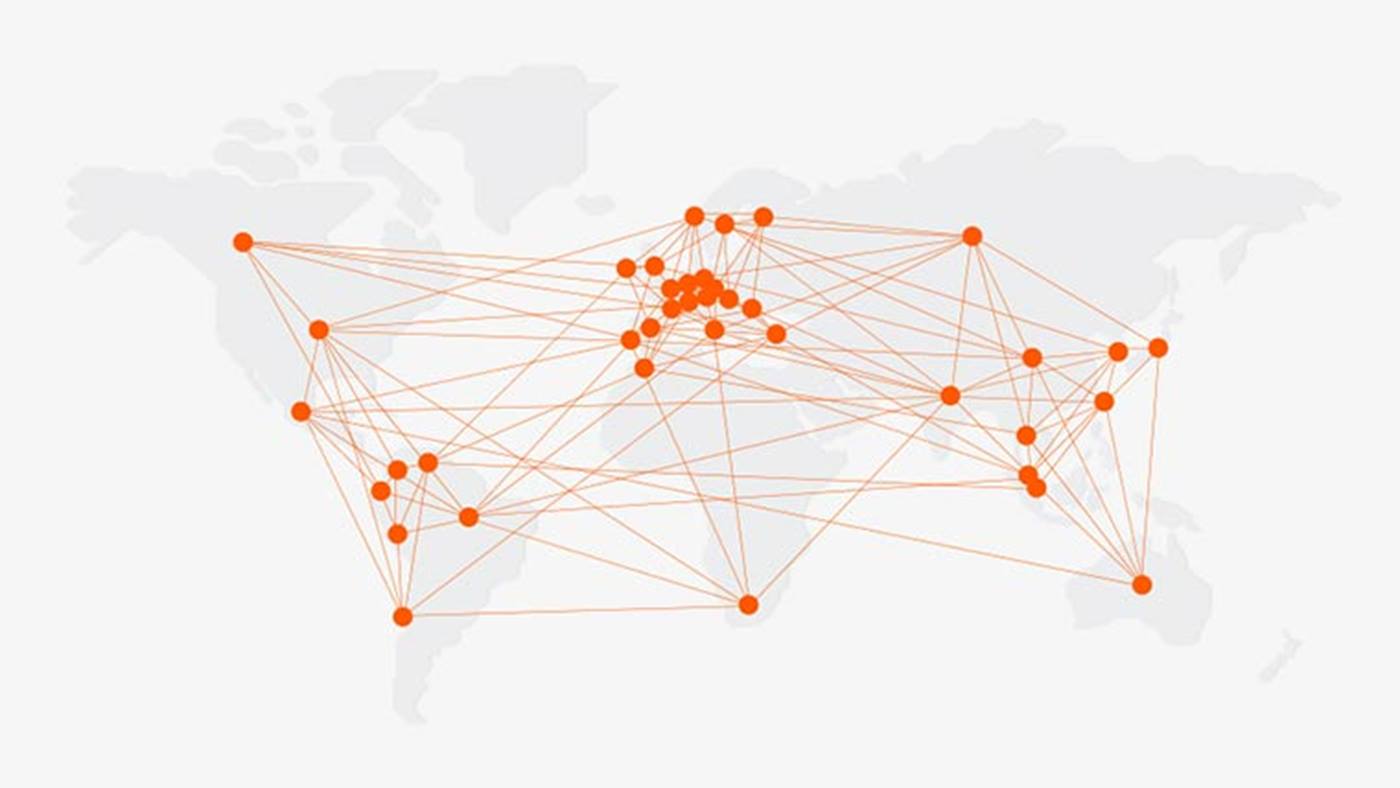
New die-casting cell for greater availability and performance
Auto Heinen has been a recognized supplier of complex die castings made of aluminum alloys for decades. In order to improve the performance of the foundry further still, a new die-casting cell for pressure die castings made of aluminum alloys was introduced in 2015, planned in full and put into operation by KUKA Industries.
The task
The system was designed for a capacity of 200,000 shots per year in three-shift operation. The new die-casting cell produces throttle valve housings. The tooling was designed in such a way that one shot can produce four housings. In the case of aluminum die-casting companies like Auto Heinen, products are changed on a frequent basis, meaning that flexibility is high on the project’s list of requirements. The straightforward die-change procedure facilitates the manufacture of a range of products and different batch sizes when required.
The solution
The press separates the four components and removes all casting burrs in a single work step. The key benefits of these presses, which were completely redesigned in 2014, are optimized mechanical features such as larger clamping surfaces, easier access for maintenance purposes and significantly improved energy efficiency, achieved, in part, through the use of servomotor-based pump drives that also facilitate a reduction in cycle times.


Working with and trusting an automation partner and system integrator that brings the required expertise to the table and understands casting processes is very important to us. For 30 years, we have relied on the expertise and reliability of Reis – now known as KUKA Industries. It was clear to us at an early stage in the project that we would be putting the overall responsibility for a new, fully automated system in reliable hands.

